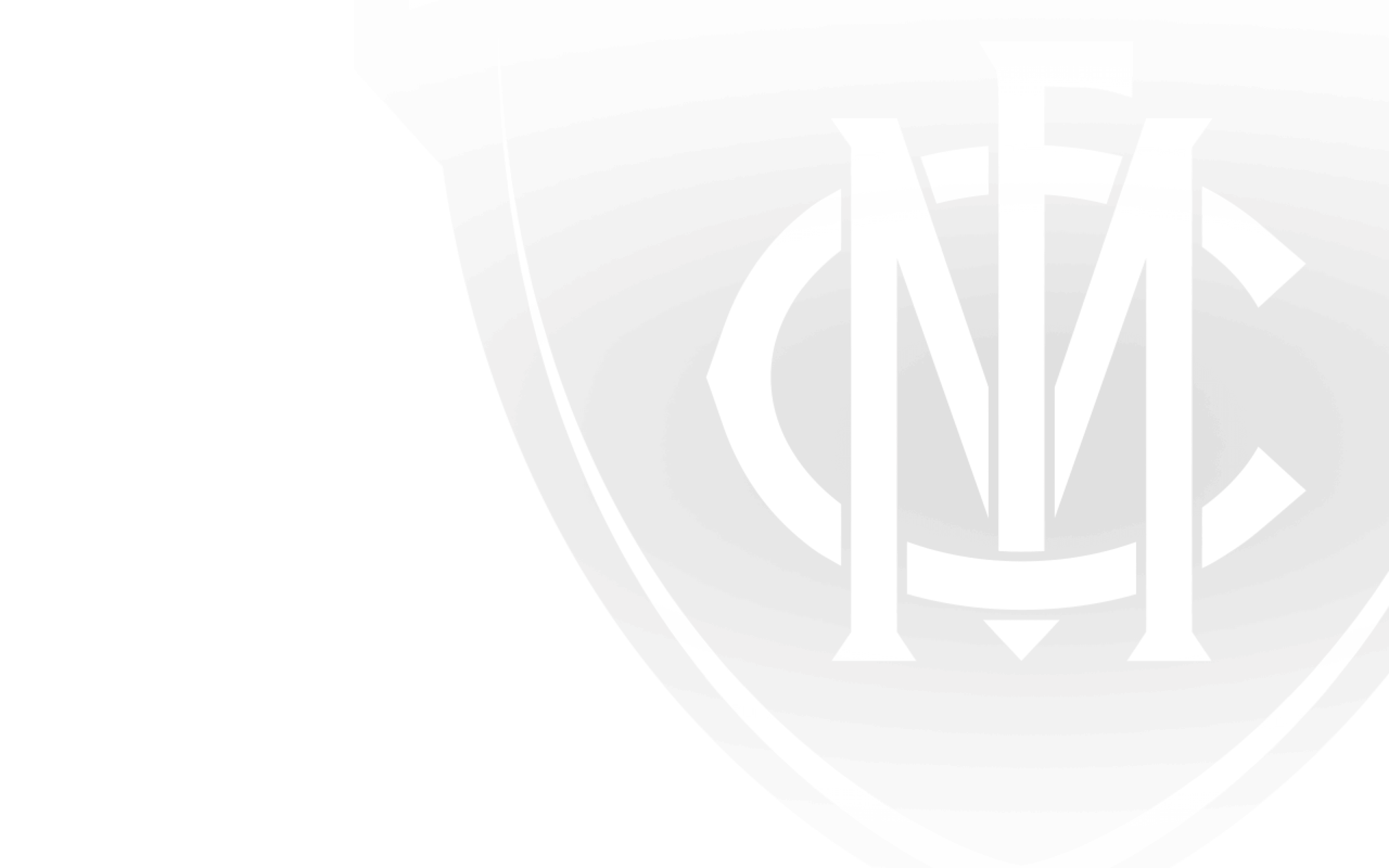They are visible in a special collage that takes its place at AAMI Park, speaking across two generations to the Melbourne Football Club of today.
It holds within it the images of our fallen from the world wars, the background of battlefields telling in its starkness.
This, after all, is where they fell, far from the MCG, but linked forever to their club.
Placed in recess in the First World War, exiled from its home ground in the Second World War, decimated by casualties and dislocated careers - even still, the red and blue faith was maintained, and the memories of those who were part of conflict were retained and played for throughout many seasons.
The semi-finals of 1915 were the last for Melbourne for three years.
In conjunction with the Essendon hierarchy, Melbourne authorities had advocated very early on that the competition should be suspended ‘for the duration’.
By the time the 1916 season dawned, Melbourne, Essendon, South Melbourne and St Kilda had all exited the competition until peace was declared.
On return, the Melbourne of 1919 had 28 new players in a team of 43.
The shadows of the past had seen casualties suffered that would forever play on the minds of those who remained.
The likes of ‘Joe’ Pearce, who fell at Gallipoli, and Clifford Burge, killed in action in France mere months before Armistice, were commemorated in sombre minds and a reconstructed team.
This new side included the likes of another Gallipoli man in Ivor Warne-Smith, accompanied by Albert Chadwick, who learned to play the game wearing his army boots, and George Haines, an AIF veteran who changed his name to ‘Heinz’ to overcome anti-German sentiment.
They and others like them grew in strength during the peaceful 1920s, taking Melbourne to the 1926 premiership and stable form between the wars.
But conflict was brewing along with another successful era for the side, and many of those who played in 1939 and 1940 would not be there for the third flag in 1941.
Ron Barassi Snr, who fell at Tobruk, Harold Ball, killed in Singapore, Sid Anderson, lost in the skies over Wewak, and ‘Bluey’ Truscott - our ‘Bluey’ - another lost in the skies, over Western Australia’s Exmouth Gulf.
They and others like them remain memories to be treasured, and names to be recalled, as do the men who returned, resuming lives in a different world.
It is said that we shall not see their like again. Such is true with all who play for our club, whose feats and whose lives engrave themselves on ours and the game’s collective folklore.
But more than any, those who left and did not return from war are ours to protect and treasure for their sacrifice and their very special place in the Melbourne Football Club.
We will remember them.
WORLD WAR ONE
Clifford Burge, Jack Doubleday, Frank Lugton, James Mackie, Fen McDonald, Arthur ‘Joe’ Pearce, Percy Rodriguez and Alf Williamson, along with former player Tom ‘Alick’ Ogilvie.
WORLD WAR TWO
Sid Anderson, Jack Atkins, Harold Ball, Ron Barassi Senior, Noel Ellis, Clyde Helmer and Keith ‘Bluey’ Truscott, along with former players Derek Mollison, Ted Regan, Archie Roberts, Beres Reilly and Percy Wood.


